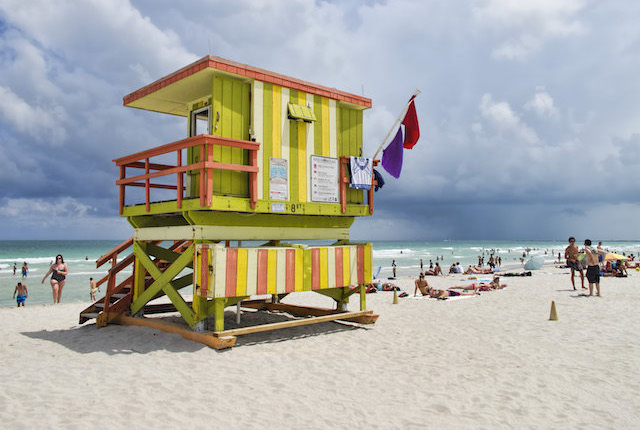
Photo courtesy of Flickr/Dan Lundberg
Although it's hard to think about the serious risks that go along with having fun in the water, it's essential to do so. According to the Centers for Disease Control and Prevention, 10 people drown in the U.S. every day. So, when you head to the pool, lake, or beach, bring the sunscreen, towels, and a bit of know-how. To help with the latter, we've rounded up six tips to keep you safe this summer, whether you're rafting down Idaho's Salmon River or body surfing in Hawaii's Sandy Beach.
1. How to Survive a Capsized Whitewater Raft
Photo courtesy of Flickr/Bureau of Land Management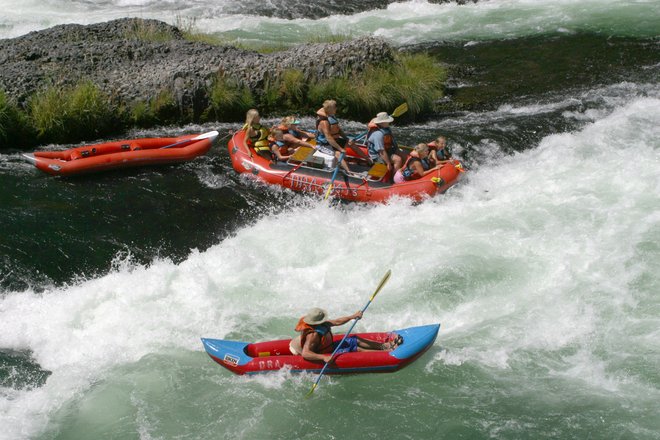
While whitewater rafting offers an adventurous way to cool off in the summer heat, it can also be dangerous. There have been 14 rafting deaths in the U.S. this year alone. Safety measures should start when you book your trip. First, make sure to use a reputable licensed company. It’s also important to pay attention to the safety tips explained by your guide and wear a life jacket when you’re in the boat. If you happen to fall out, try to grab onto the vessel. In the event that the raft is out of reach, swim to the riverbank or hold onto something sturdy and stay put until someone can rescue you.
2. How to Escape a Rip Current

Rip currents are powerful, narrow channels of water that move away from the shore at quick speeds and can pull swimmers out to sea. Lifeguards will typically post warning flags to alert swimmers of any risks, but if you find yourself caught in a rip current, don’t panic. To get out of one, swim parallel to the shoreline. Once you’re out, swim to the shore. You can also float or tread water until you get the attention of a lifeguard. According to the United States Lifesaving Association, rip currents account for more than 80 percent of rescues performed by surf beach lifeguards.
3. What to Do If You See Someone Drowning
Photo courtesy of Flickr/Davide D’Amico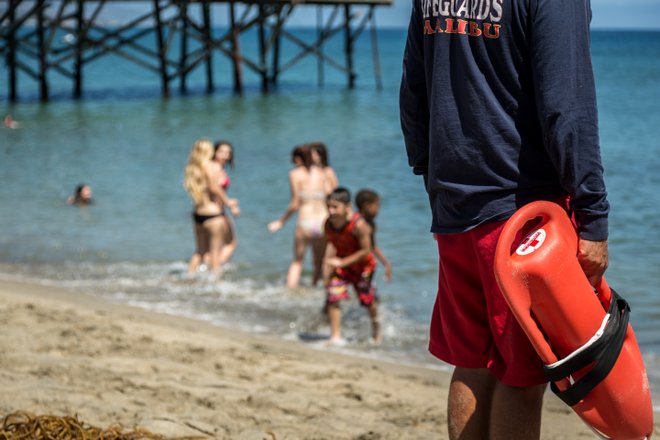
According to the United States Lifesaving Association, you have a one in 18 million chance of drowning at a beach with a lifeguard. The ocean, however, shouldn’t be underestimated. The first thing you should do if you see someone drowning is find the lifeguard or call 911. If you’re not a strong swimmer, don’t attempt a rescue yourself. If you’re going to go for it, see if there’s something you can throw to the person who is drowning. Strong swimmers should only go out to sea with a floatation device and approach the victim from the back. Once you’re back on the shore, check the person’s breathing and pulse. If they don’t have one, CPR might be a necessary next step.
4. How to Treat a Jellyfish Sting
Photo courtesy of Flickr/Noodles and Beef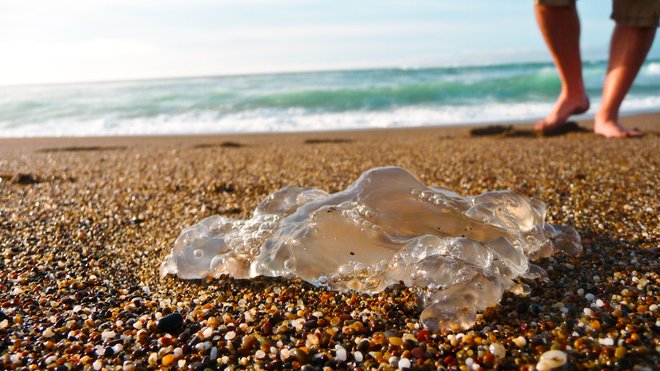
While they’re enchanting to watch in an aquarium, jellyfish are not something you want to bump into at the beach. They can pack a mean sting, thanks to the venom-filled sacs on their tentacles. Once you’ve been stung, symptoms include red, stinging, and itchy skin. Those with allergies should seek immediate medical attention. Box jellyfish antivenom is available and can help. While many rely on the old pee-on-the-leg trick to relieve jellyfish stings, medical experts say urine doesn’t actually help. To treat a sting, get out of the ocean and rinse the affected area with sea water.
5. Avoid Swimming in Contaminated Beach Waters
Photo courtesy of Flickr/Tony Webster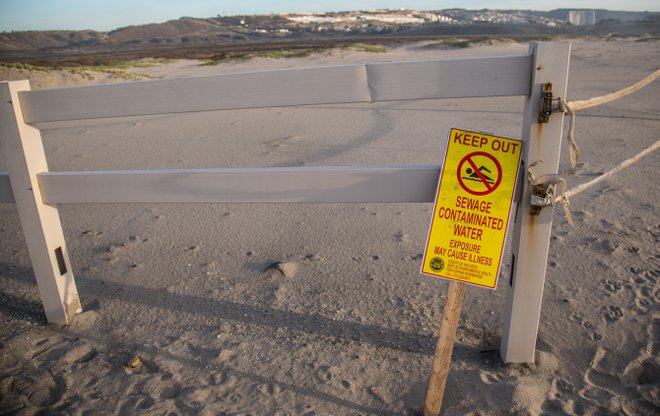
After a day at the beach, you expect to come home with a tan, not an illness. Swimming in water that’s contaminated from sewage spills or rain runoff can result in an upset stomach as well as irritation of the eyes, ears, nose, and throat. Beachgoers can usually expect to see signage when bacteria, viruses, and parasites are detected in the waters. For an interactive map that displays more than 6,000 beaches that are closed (or have been in the past), visit the Environmental Protection Agency’s Beach Advisory and Closing Online Notification database. Your best bet is to avoid swimming or digging in sand where there’s runoff. If you do become ill, however, consult your doctor.
6. What to Do If You See a Shark
Photo courtesy of Flickr/Elias Levy
Unless you happen to be a character in “Jaws,” your odds of being struck by lightning are higher than being attacked by a shark. To be more specific, according to the Florida Museum of Natural History, you have a 1 in 3,748,067 chance of being killed by a shark. In 2014, there were three reported fatal shark attacks and 69 non-fatal incidents in the world. If you’re still worried, take the following precautions. First, swim in the daytime to avoid murky waters. Statistically, most attacks occur where sharks feed, including steep drops, near the shore, and at sandbars. Don’t wear shiny jewelry, bright swimsuits, or splash in the water, all of which can attract the creatures. Lastly, swim in a group and remember to fight back if a shark attacks. Hit its nose with your fist.
Related Stories:
- 11 Pro Tips for Flying Safely with Children
- Is it Safe to Travel to Brussels, Istanbul, and Paris? What You Need to Know
- 7 Solo Safety Tips to Travel By
All products are independently selected by our writers and editors. If you buy something through our links, Oyster may earn an affiliate commission.



